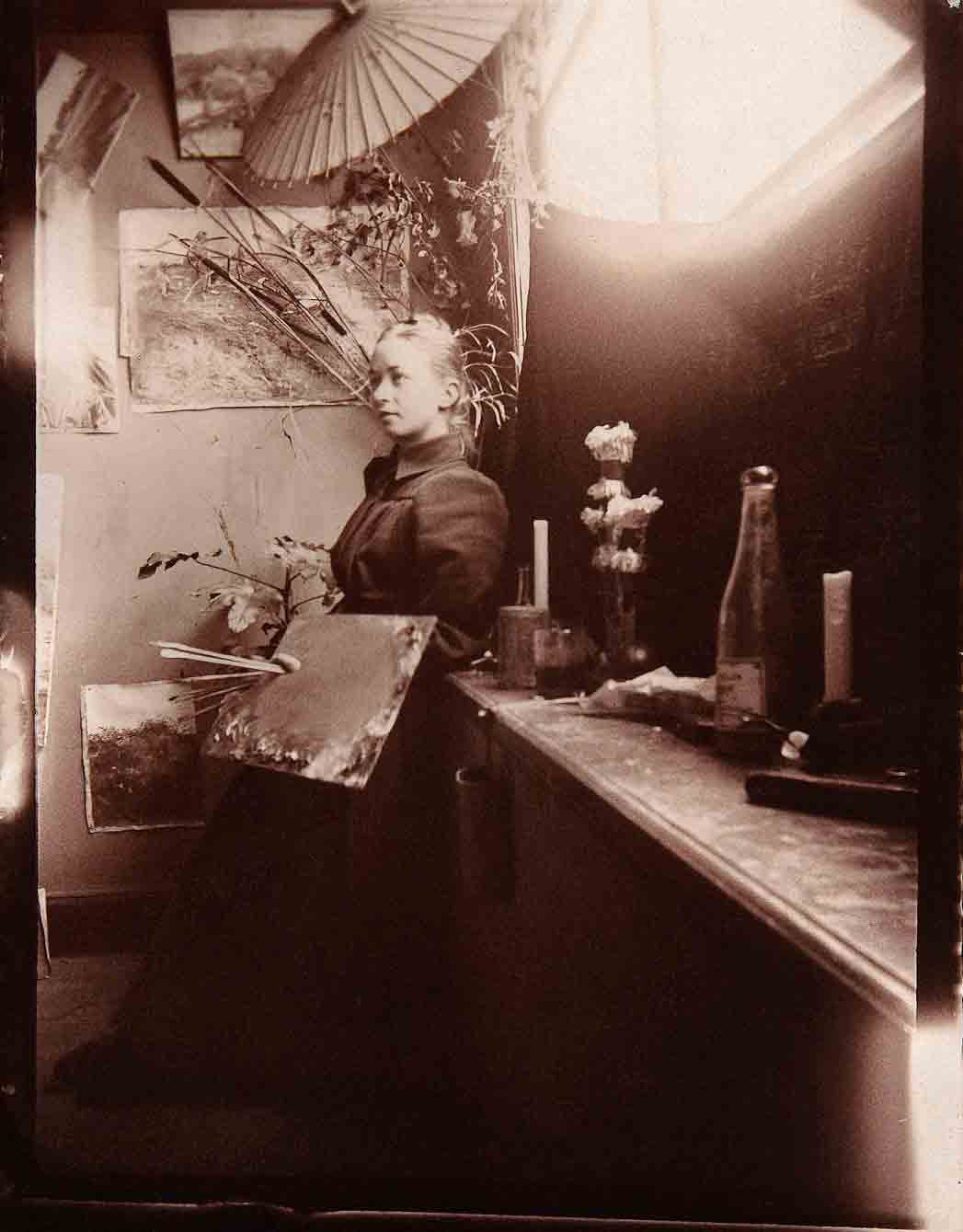
As part of the Didaktika project, the Museum designs educational spaces and organizes activities that complement the exhibitions in an effort to provide tools and resources, both in the galleries and online, to facilitate the appreciation and understanding of the works on display.

To understand how the first works exhibiting an abstract language emerged, it is essential to understand the importance of theosophy and spirituality at the time.
Founded in the USA in 1875, theosophy also became extraordinarily popular in Europe. It sought to bring together Eastern and Western spirituality, as well as the religious doctrines and philosophies from both traditions. In parallel, the scientific discoveries made during the 1890s, such as X-rays, radioactivity, and the electron, provided evidence of the existence of invisible realities. Thus, it is understandable that the belief in a correspondence between this material world and a higher reality gained many followers at the time.
Theories and practices of this type spread around Europe and had a notable influence on some women, whose artistic creations are associated with spiritualism sessions. In England’s Victorian society in the late 19th century, when women were gradually enjoying greater personal freedom in the home and the emerging job market, the darkened rooms where these sessions were held were a liberating environment. These artists used their creations to channel the messages they received from higher beings. Thanks to this alternative voice, attention gradually began to be paid to what women had to say.
Complementary to these visual works are the numerous writings that these women artists left. The British Georgiana Houghton recounted and documented her experiences in the book Evenings at Home in Spiritual Seance, which is replete with details on her sessions. The Swede Hilma af Klint wrote around 20,000 pages, 126 notebooks with annotations, automatic texts, and a dictionary explaining her language. Both Houghton and Af Klint exhibited their visionary works to the public, although they were not enthusiastically received.
